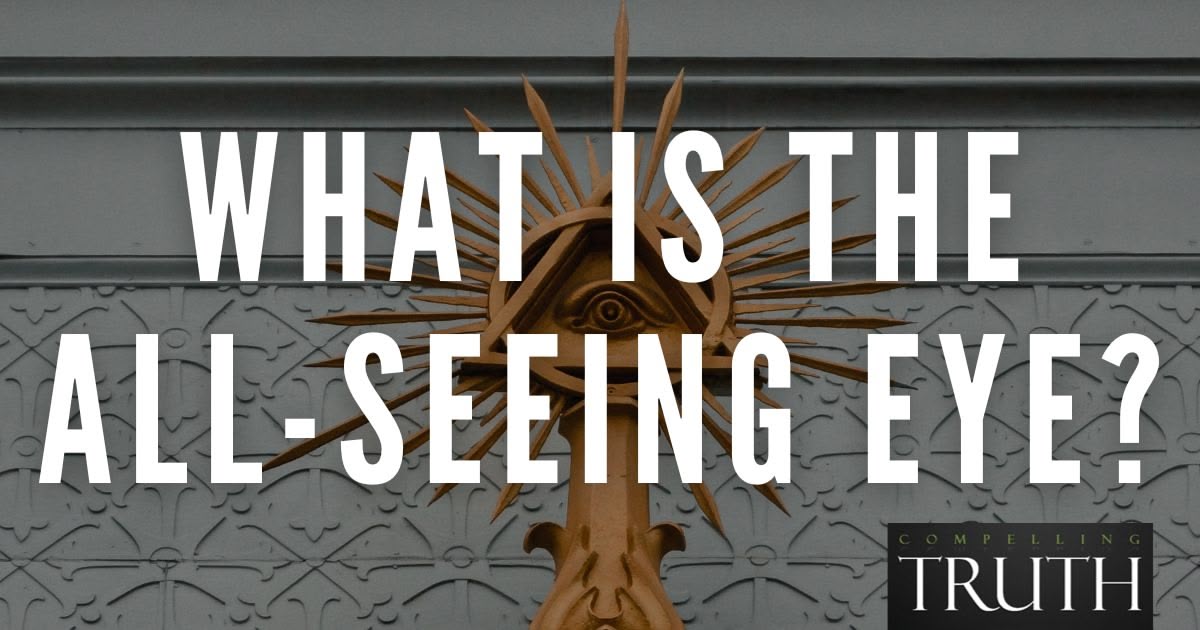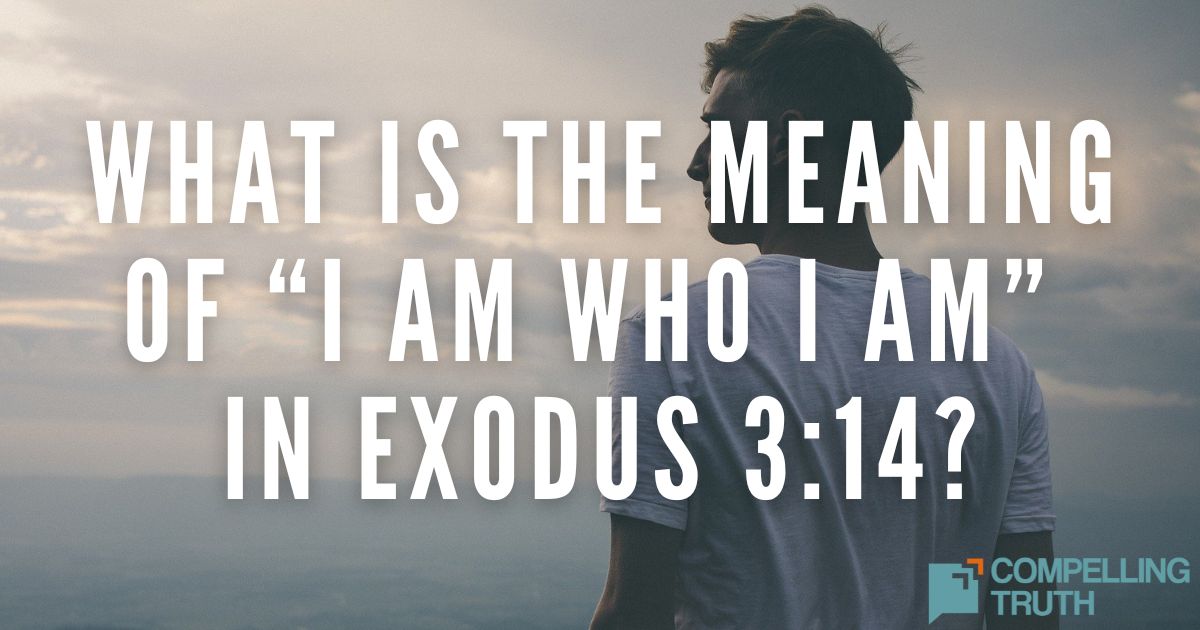what does the bible say?
You won’t find the Hand of Hamsa in the Bible, but Scripture does address the use of symbols and amulets. God alone is the source of protection and blessing (Psalm 121:1–2; Proverbs 18:10). The Bible warns against trusting in idols or objects for supernatural aid (Isaiah 44:9–20; 1 Corinthians 8:4–6). Instead, it encourages believers to put their faith in God and His power (Exodus 15:6; Psalm 118:15–16). The Bible also cautions against following superstitions or pagan practices (Leviticus 19:26; Deuteronomy 18:10–12). While cultural symbols can have historic or artistic value, Scripture is clear that our trust should be in God alone for protection and blessing (Proverbs 3:5–6; Jeremiah 17:5–8).




